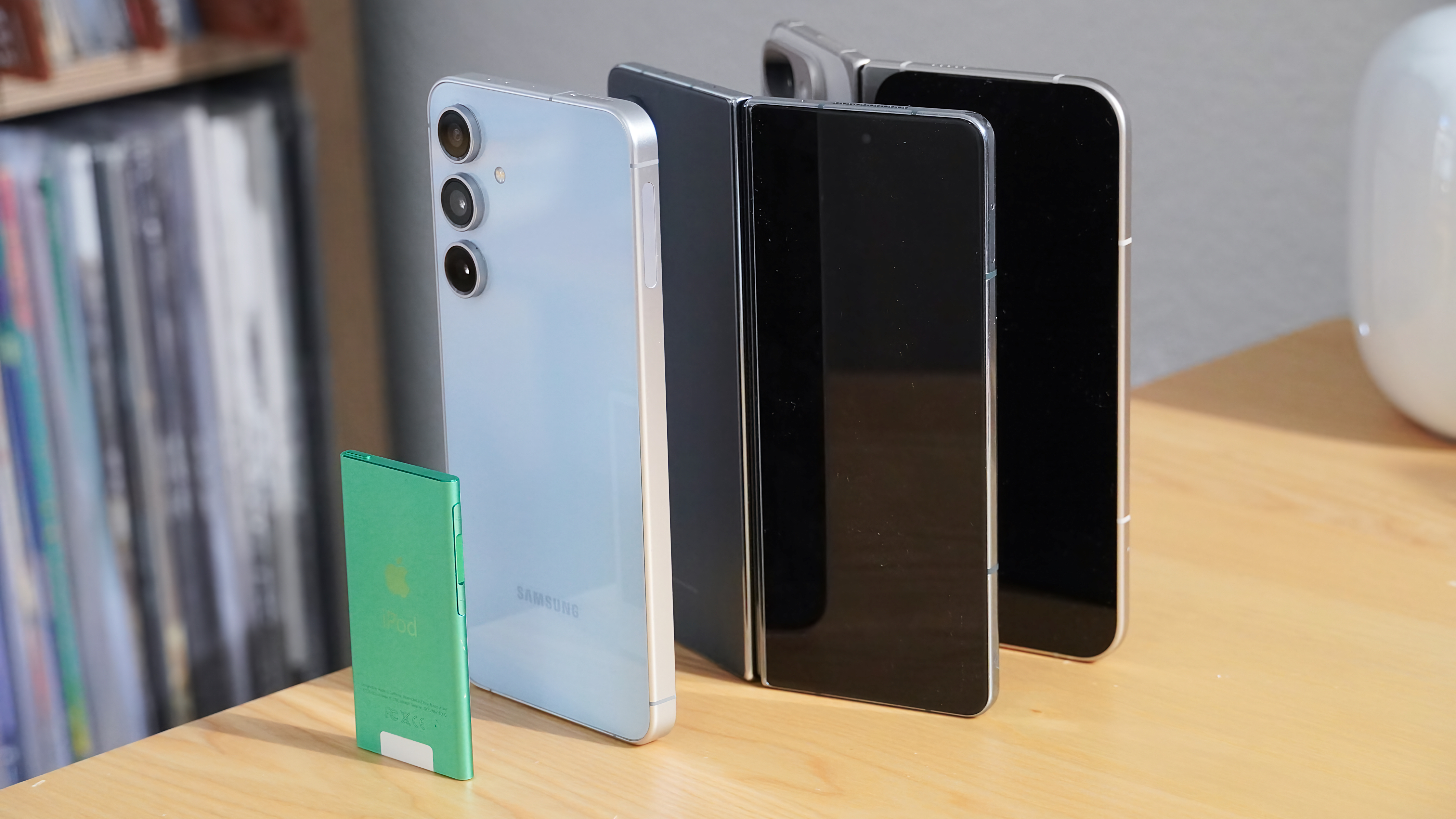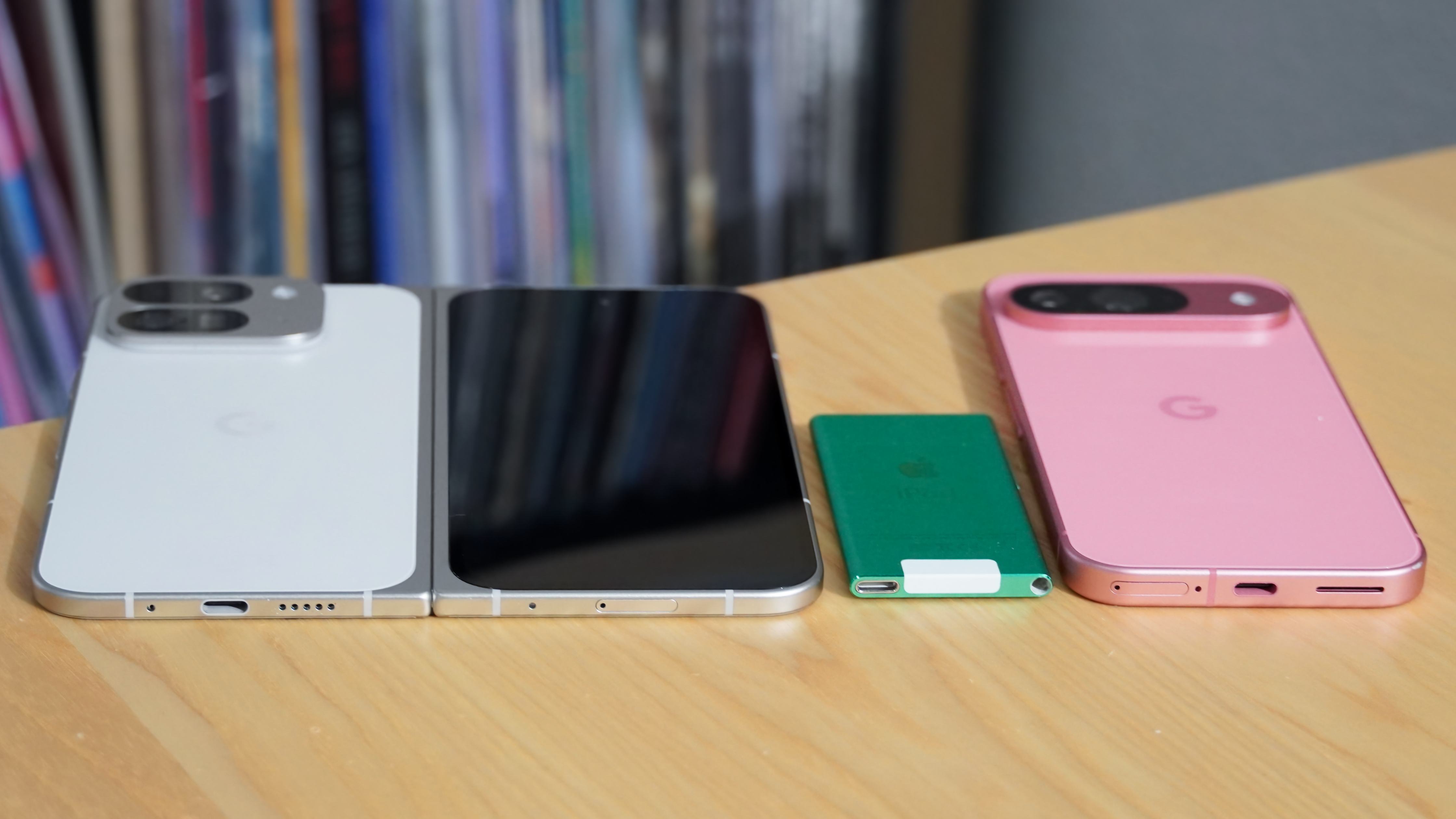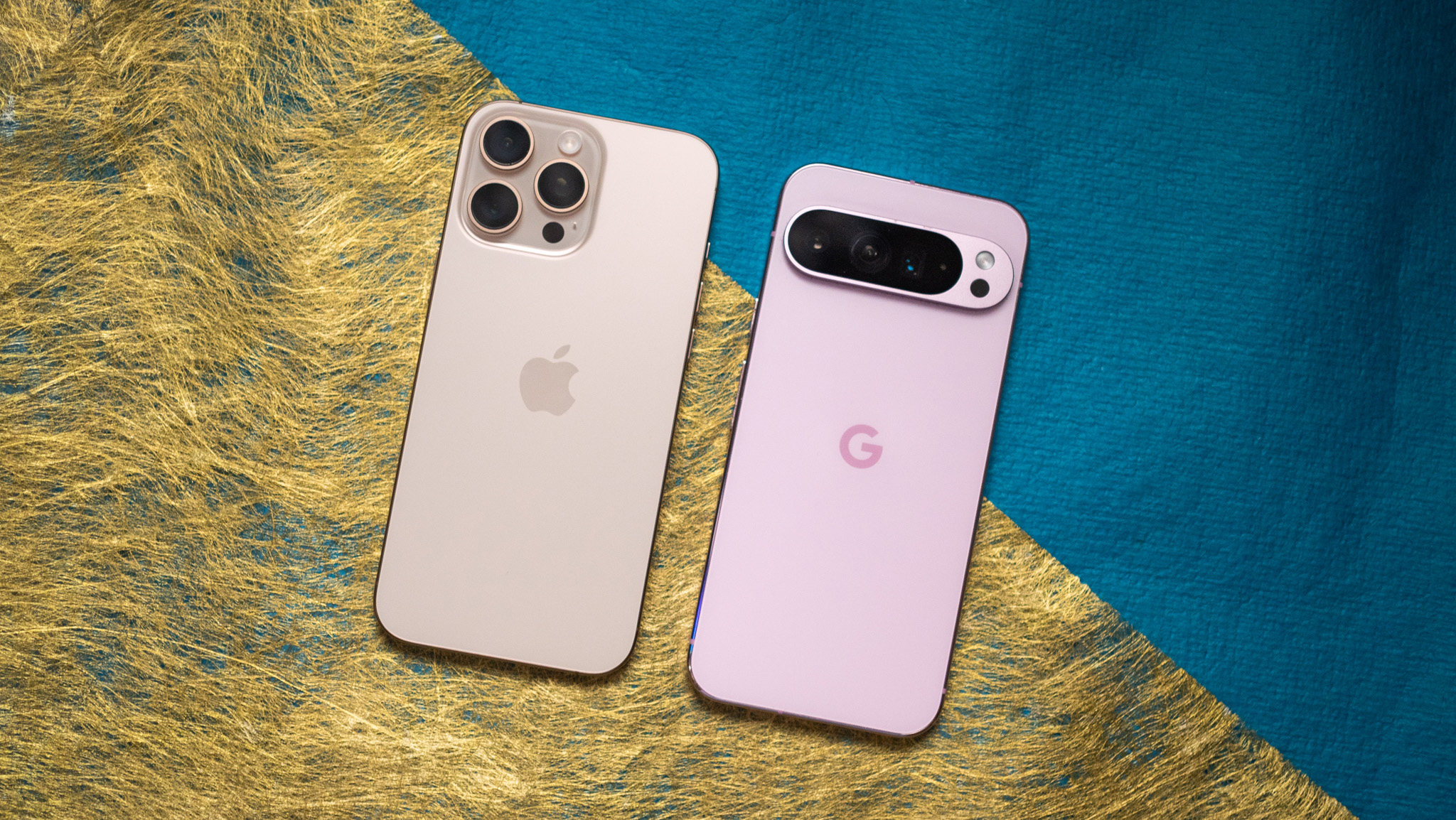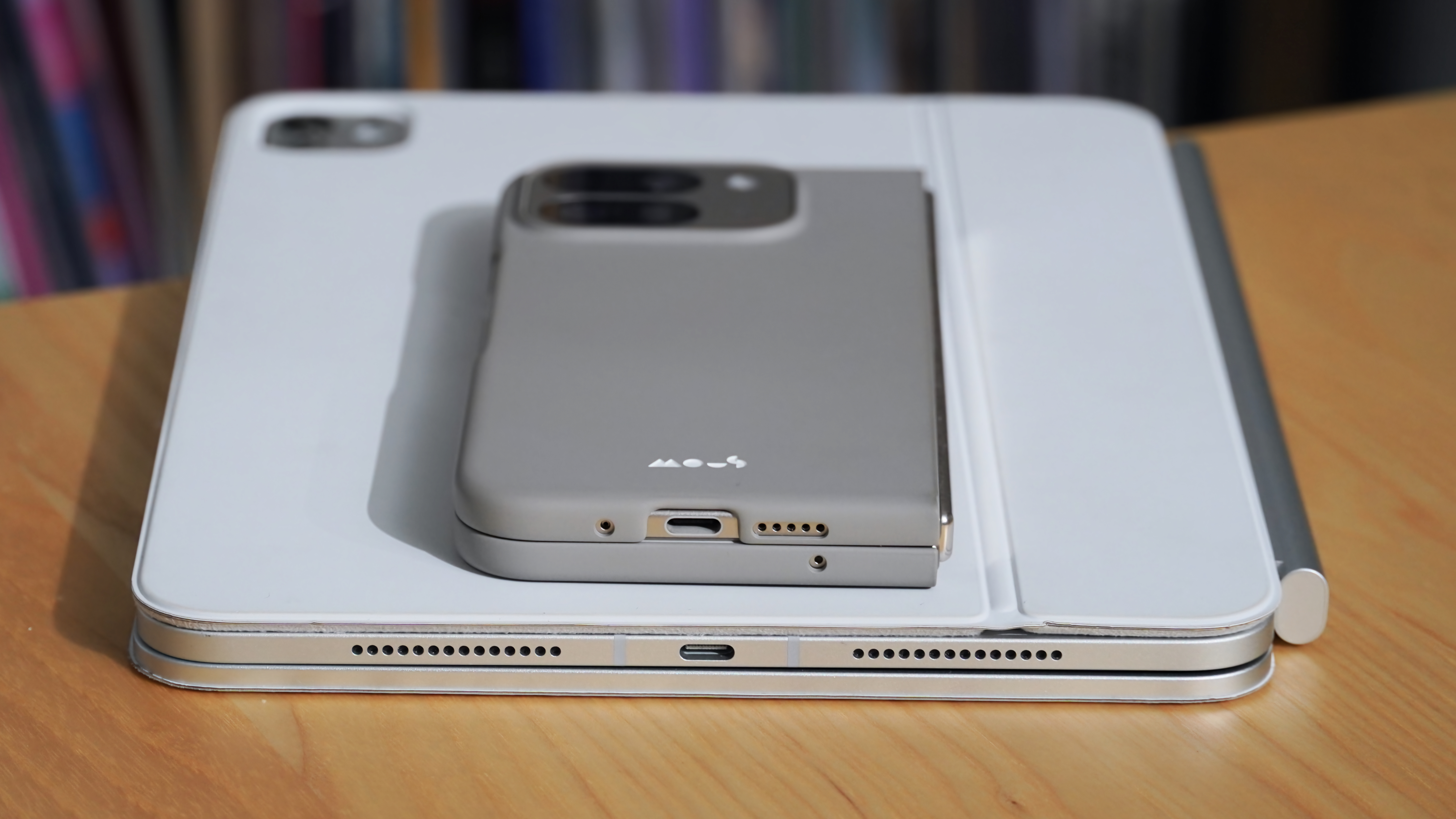
The smartphone design pendulum is once again swinging in the direction of ultra-thin devices. The latest rumors indicate that Apple and Samsung are both exploring a premium flagship that prioritizes thinness, and they could debut as part of the iPhone 17 and Galaxy S25 series. However, for the past decade, phone manufacturers pressed pause on their quest for thinness, instead focusing on things like battery life, camera quality, and performance.
That's why many iOS and Android fans are probably scoffing at the idea of sacrificing key features in the name of thinness. I don't blame anyone for holding that viewpoint — the last time OEMs tried to make the thinnest phone possible, it didn't end well. Anyone remember the iPhone 6 and iPhone 6 Plus, which were so thin they would literally bend during normal use, resulting in the infamous "bendgate" saga?
Quite a lot has changed since the iPhone 6 series debuted back in 2014, and a thin phone today doesn't have to come with the same compromises that it did a decade ago. Apple, Google, and Samsung have all released products over the last few months that demonstrate their ability to make thin and capable devices at the same time. If those concepts were applied to the smartphone, I'd snap up the rumored Samsung Galaxy S25 Slim in a heartbeat.
Thin and light phones will help your hands (and pockets)

I've spent the last few months using three impressively thin devices, and they've convinced me that there's value in thinness. The Google Pixel 9 Pro Fold is 5.1mm "thick" when unfolded, and the 11-inch M4 iPad Pro is 5.3mm thick. These two products have been my go-to foldable and tablet, and their form factors are a big reason why. You don't realize how the heft and thickness of traditional flagship phones affect the way you use them — until you try alternatives.
So, what's the third device? Ironically, it's the seventh-generation iPod Nano from 2012, measuring 5.4mm. It was the thinnest device Apple ever made until it was usurped by the M4 iPad Pro this year. I've found myself using it again in 2024 as a way to listen to music on runs. It has Bluetooth, is more reliable than a smartwatch for music listening, and is way thinner and lighter than a smartphone. I can't bear the thought of throwing an iPhone 16 Pro Max or Galaxy S24 Ultra in my pocket, but the iPod Nano is just fine.
That anecdote is precisely why the Samsung Galaxy S25 Slim is appealing. A phone between 5mm and 6mm thick would be thin enough to go places that current flagships can't. To understand why, think about what it's like to hold your phone above your face while lying in bed. Or, consider how tricky it can be to hold a phone, your keys, wallet, or a beverage at the same time. A thin (and hopefully lighter) Galaxy 25 Slim would address all of these (admittedly first-world) problems.
I don't need a huge battery or giant camera sensors

The aforementioned Pixel 9 Pro Fold and M4 iPad Pro are proof that you don't have to make massive compromises to make a thinner device. The Pixel 9 Pro Fold still has a Tensor G4 chip and solid battery life, and I could say the same about the iPad Pro with its desktop-class M4 system-on-a-chip and 10-hour battery life. Outside of North America, the new Galaxy Z Fold 6 Slim has a 200MP camera despite being the thinnest Samsung foldable ever.
There could be more compromises with a Galaxy S25 Slim since it'll be more compact than both the Pixel 9 Pro Fold and the M4 iPad Pro. However, early indications are that Samsung might have found a way to include a powerful camera system in a small package. Reliable Samsung leaker IceUniverse on X (formerly Twitter) claims that this model has an "Ultra" camera, perhaps matching the performance of the rest of the Galaxy S25 series.
Exclusive: The Galaxy S25 Slim is equipped with an “Ultra” camera.November 7, 2024
Even if there are minor hits to battery life and camera quality, I think I can live with that. My screen-on time is above average, usually about 10 hours daily. With intermittent charging at my desk, in the car, and overnight, I easily get through a full day of usage. When I can't, portable chargers and battery banks fill the gap. Now that fast charging is the norm, maybe gigantic batteries and long battery life aren't as crucial as they once were.
As for camera quality, I think there's value in having large and powerful camera sensors, but it's not necessary. Wearing the Ray-Ban Meta smart glasses for a year proved that tiny sensors can still be extremely impressive.
Use a protective or stylish case? You'll love thin phones even more

Every time I review a smartphone and comment on the device's fit and finish, I'm reminded by readers that most people will never see it. The vast majority of users put a case on their phone on day one, and that's the biggest reason why I'd buy a thin phone. I typically use my phones caseless because I'm not willing to add the extra bulk that comes with using a protective case. However, if the Galaxy S25 Slim shaves a millimeter or two off the phone's thickness, it would benefit case users the most.
In that scenario, the thickness of a Galaxy S25 Slim with a case installed could match the typical thickness of an Android phone without a case. You could have the best of both worlds — the protection and style points that come with using a case while retaining the typical thinness of a caseless phone.
This has been the best thing about daily driving the M4 iPad Pro and Pixel 9 Pro Fold. The difference of a few millimeters doesn't impact daily use much when using the devices without a case. The last-generation iPad Pro would probably be thin enough for most people, until they try to pair it with a Magic Keyboard. That keyboard case quickly doubles the thickness of the iPad Pro, making it the entire package thicker than a MacBook Air.
However, pair the M4 iPad Pro with a Magic Keyboard, and the entire package feels thinner thanks to the iPad's slimmer form factor. The same goes for the Pixel 9 Pro Fold, which I use with the Mous Super Thin 2.0 case. I didn't use the original Pixel Fold with a case; the foldable phone became too thick. I'm confident that the Galaxy S25 Slim would bring similar benefits.
A longer wait for the thin phone of my dreams
Max Jambor at AllAboutSamsung seems confident that the Samsung Galaxy S25 Slim does exist. However, it's not likely that we'll see it in January with the rest of the Galaxy S25 series. Samsung could follow a similar timeline to the Galaxy Z Fold 6 series, which started with the regular Fold 6 in July, with the Fold 6 Slim debuting in October.
The Samsung Galaxy S25 Slim exists behind closed doors, but if it’s set to launch at some point, it won’t be released alongside the rest of the S25 lineup. pic.twitter.com/ktinMzERUcNovember 7, 2024
When (or if) the Galaxy S25 Slim debuts, I'll be ready to open up my wallet — provided it's thin enough. The recent releases of the M4 iPad Pro, Pixel 9 Pro Fold, and Galaxy Z Fold 6 Slim prove that you can make an excellent device that's impossibly thin. I'm expecting the Galaxy S25 Slim to make waves in the same way those three devices already have.







